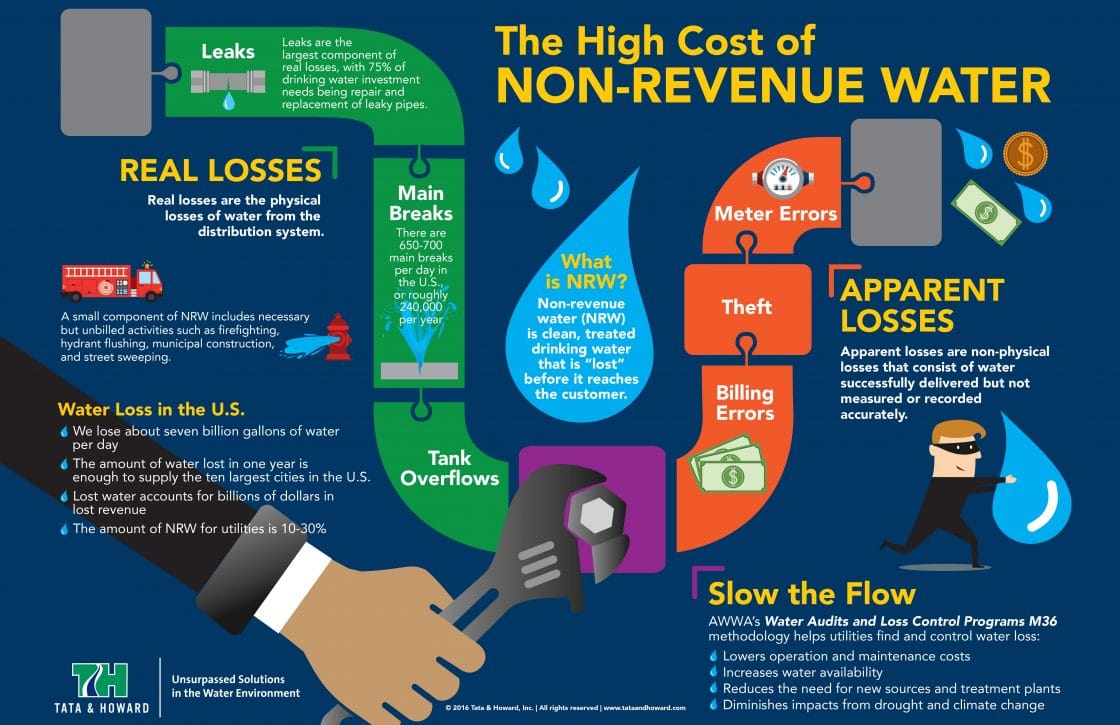When taking into consideration the costs of solar installation, you might question the ahead of time investment called for and whether it aligns with the possible long-term benefits. Comprehending the intricacies of these expenditures and the numerous elements affecting the general return can shed light on the worth suggestion of transitioning to solar energy. By reviewing both the initial configuration costs and the forecasted cost savings in time, you can acquire insight into whether the financial investment in solar installation holds assurance for your economic future.
Initial Configuration Costs
When thinking about the costs of solar installment, the first arrangement costs play a critical function in your decision-making process. These in advance prices include the rate of photovoltaic panels, inverters, placing tools, and setup labor.
The price of solar panels can vary depending on the brand name, effectiveness, and dimension you pick. Inverters are important for converting the sunlight's energy right into usable power and be available in different kinds such as string inverters, microinverters, and power optimizers, each with its own price effects.
Placing devices, such as racks and rails, is essential to firmly install photovoltaic panels on your roofing system or residential or commercial property.
The installment labor expense covers the expert installation of the solar system, making sure that everything is established correctly and efficiently. Remember that while these initial setup expenditures might seem high, there are usually discounts, tax obligation rewards, and financing options readily available to help offset the prices and make solar setup much more affordable over time.
Long-Term Savings Evaluation
To recognize the financial advantages of solar setup with time, it's essential to perform an extensive lasting savings analysis. While the initial setup expenses of solar panels might seem daunting, the lasting cost savings can outweigh these costs substantially. By taking advantage of the power of the sunlight to produce electricity for your home, you can potentially save hundreds of dollars on your energy bills over the life-span of your solar system.
Among the crucial variables to consider in a long-lasting financial savings evaluation is the reduction in your electrical energy bills. With photovoltaic panels, you can produce your electrical power, decreasing and even removing your dependence on the grid. https://www.weforum.org/agenda/2022/10/these-3-charts-show-home-solar-panel-adoption-in-the-us/ can lead to significant cost savings, particularly as energy rates remain to increase.
In addition, many governments provide motivations such as tax debts and refunds for installing photovoltaic panels, further boosting your long-term savings. By making the most of these motivations and optimizing your solar power production, you can appreciate considerable economic advantages for years to come.
Roi Computation
Considering the economic advantages of solar setup, it's time to assess the Return on Investment (ROI) computation. Identifying the ROI involves contrasting the overall expenses of installing a planetary system with the economic benefits it produces over its life expectancy.
To determine ROI, split the internet profit from the system by the complete investment price and multiply by 100 to get a portion. The ROI formula is: (Web Revenue/ Overall Financial Investment Expense) x 100.
As an example, if the total price of mounting a solar system is $20,000, and over its life-span, it produces cost savings and earnings totaling $30,000, the web profit would be $10,000. Separating this by the total financial investment expense of $20,000 gives a ratio of 0.5. Increasing this by 100 gives an ROI of 50%.
Generally, a greater ROI indicates a much more financially satisfying investment. Factors like federal government incentives, maintenance prices, and energy cost fluctuations can impact the ROI of solar setups. Comprehending the ROI aids in examining whether buying solar energy deserves it in the long run.
Conclusion
Finally, comprehending the prices of solar setup is essential for identifying if it is worth the investment. By considering initial arrangement expenses, performing a long-lasting cost savings analysis, and determining the return on investment, you can make a notified decision concerning the economic value of solar power. With the potential for reduced utility expenses and raised power self-reliance, purchasing solar installation can be a clever selection for both your purse and the atmosphere.
